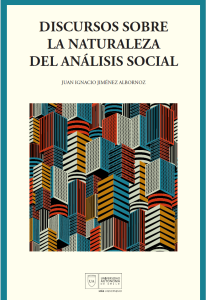La cita es de Charles Tilly (y si usted no sabe quien es Tilly bueno sería que lo averiguara, el tipo es muy interesante). Pero empecemos con la cita:
‘Those attractions [las de encontrar variaciones] have, unhappily, tempted social scientists into some oftheir greatest technical abuses. There is the abuse of the Great Blender, in which we take numerical observationson a hundred-odd national states, made comparable by the magic fact of appearing in parallel columns of a statistical handbook, and run multiple regressions or factor analysis in order to discern the dimensiones of development, modernity, of political instability, or of someother equally ill-defined global concept. There is the abuse of the Ersatz Laboratory, in which surveys teams establish themselves in a number of different countries, translate a common questionnaire into the various local languages, send out interviewers to ask the questions of presumably comparable samples of individuals or households in each country, code up their results into standard categories, then pool the information thus manufactured into an analysis of cross-cultural variation in the relationship between X and Y, with Z controlled. Let us not forget the abuse of the Cultural Checkerboard, in which hired graduate students read stacks of ethnographic articles and monographs, recording for each ‘society’ encountered the presence or abscence of patrilocal residence, early weaning, male puberty rituals, couvade, and dozens of other cultural traits, then transform their judgments into holes in Hollerith cards, so that someone else can run statistical analysis to determine either which ‘societies’ resemble each other most, or which cultural traits vary together’ (p 116-117 de Big structures, large processes, huge comparisons, Russel Sage, 1984).
No es que Tilly diga que los estudios cuantitativos comparados no sirvan (de hecho menciona la utilidad de los estudios estandarizados sobre el tiempo), sino la ingenuidad muchas veces de ellos y todas las cosas que olvidan (por ejemplo -y no es lo único- ‘they treat many units whose independence with respect to the characteristics being measured is uncertain, for example, Belgium, Luxembourg, the Netherlands, the German Federal Republic, Switzerland, France and Liechtenstein appear as separate cases in an analysis of the relationship between television viewing and newspaper readership’ (p 118).
En fin, una buena cita de un buen libro.





 .
.